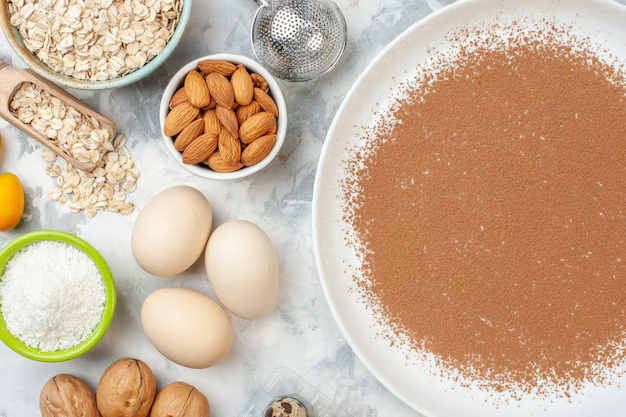How to Optimize Protein Intake for Women with Osteoporosis on Keto
Balancing a ketogenic diet while managing osteoporosis can be a delicate task, especially when determining just the right amount of protein intake. If you're a woman navigating these dietary waters, understanding how much protein to consume is critical—not just for your keto objectives but also for maintaining bone health.
Understanding Protein's Role in Osteoporosis
Osteoporosis is a condition where bones become weak, increasing the risk of fractures. Adequate protein intake is essential for bone health as it plays a significant role in repairing and maintaining bone tissue. However, too much protein can lead to calcium loss, exacerbating osteoporosis. Striking the right balance becomes even more important on a keto diet, which emphasizes low carbohydrates and higher fat and protein intake.
Calculating the Right Amount
For women with osteoporosis on a keto diet, the recommended daily protein intake typically falls between 0.8 to 1.2 grams per kilogram of body weight. For example, if you weigh 70 kilograms, you would aim to consume between 56 to 84 grams of protein daily. It's crucial to adjust these figures based on your specific health status, physical activity level, and personal dietary goals. Consulting with a healthcare provider or a dietitian specializing in keto diets can offer personalized guidance.
Keto-Friendly High-Protein Foods
To help you meet your protein needs while adhering to a keto diet, consider incorporating the following foods:
- Fatty fish like salmon, mackerel, and sardines
- Poultry such as chicken thighs and duck
- Eggs, which are versatile and rich in nutrients
- Nuts and seeds, sparingly to maintain keto macros
- Cheese, ideally those with lower lactose content like cheddar or Gouda
These foods not only provide adequate protein but also offer essential vitamins and minerals that support overall health.
Making Connections: Government Aid and Financial Assistance
While navigating dietary needs, many women also seek financial assistance for managing medical expenses, including osteoporosis treatments. Understanding available resources can alleviate the financial burden.
Taking Advantage of Assistance Programs
- Medicare or Medicaid: These programs may cover certain osteoporosis treatments and are a critical resource for eligible individuals.
- Supplemental Nutrition Assistance Program (SNAP): This program can help manage the grocery bill, making it easier to afford high-quality, nutritious food.
- Non-profit organizations: Various organizations offer assistance and resources specifically for women dealing with osteoporosis.
Ensuring you have the right support can make managing osteoporosis less stressful, allowing you to focus more on your health and dietary strategies.
Concluding Thoughts
Finding the right balance of protein intake as a woman with osteoporosis on a keto diet can be a pivotal part of managing both bone health and dietary goals effectively. However, don’t overlook the broader support network available to you. Understanding and leveraging financial assistance can simplify your journey, allowing you to channel your efforts towards nourishing your body and achieving your health objectives.
Financial Support Options 🌟
- 🏥 Medicare/Medicaid: Coverage for osteoporosis treatments
- 🛒 SNAP: Assistance with grocery bills
- 📚 Non-profit Grants: Support for osteoporosis management
- 💸 Supplemental Security Income (SSI): Aid for financial stability
- 📋 Patient Assistance Programs: Discounted medications
Remember, the right support system can ease many burdens, making it easier to handle health challenges with confidence and care.

Related Topics
- a Nurse Is Caring For a Client Who Has Osteoporosis.
- a Percutaneous Is Performed To Treat Osteoporosis Related Compression Fractures
- Can Alcohol Cause Osteoporosis
- Can I Do Pilates If I Have Osteoporosis
- Can I Reverse Osteoporosis
- Can Men Get Osteoporosis
- Can Osteoporosis Affect Teeth
- Can Osteoporosis Be Cured
- Can Osteoporosis Be Painful
- Can Osteoporosis Be Reversed